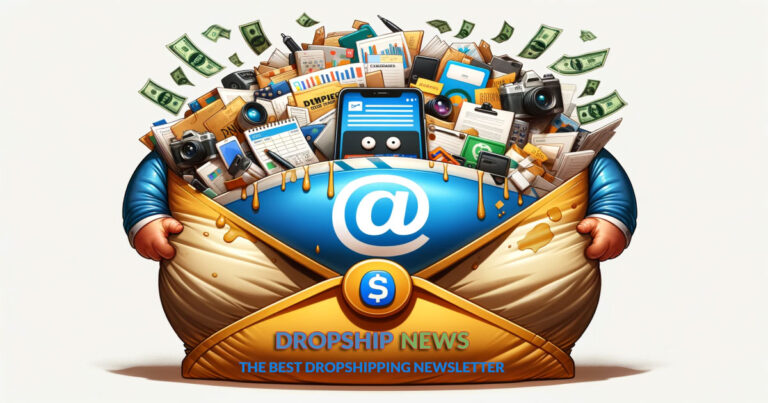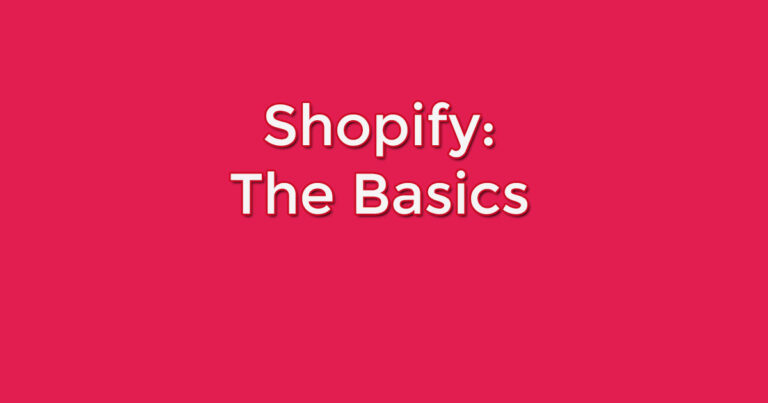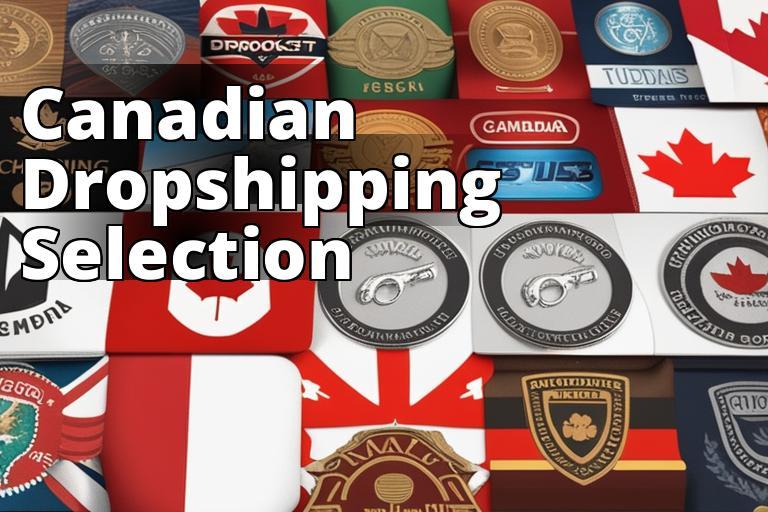10 Proven Shopify Marketing Strategies for Beginners

Starting a Shopify store is an exciting venture, but attracting customers and increasing sales can be challenging, especially for beginners. Here are 10 proven Shopify marketing strategies that will help you grow your business effectively.
1. Optimize Your Store for SEO
SEO (Search Engine Optimization) is crucial for driving organic traffic to your Shopify store. Start by conducting keyword research to identify terms your potential customers are searching for. Use these keywords in your product titles, descriptions, and meta tags.
Key Steps:
– Use tools like Google Keyword Planner or Ubersuggest to find relevant keywords.
– Optimize product pages with high-quality images, detailed descriptions, and customer reviews.
– Ensure your website is mobile-friendly, as a significant portion of traffic comes from mobile devices.
By optimizing your store for SEO, you’ll improve your search engine rankings, making it easier for potential customers to find your products.
2. Leverage Social Media Marketing
Social media platforms are powerful tools for reaching a wider audience and driving traffic to your Shopify store. Create profiles on major social media platforms like Facebook, Instagram, Twitter, and Pinterest. Share engaging content, such as product photos, customer testimonials, and behind-the-scenes looks at your business.
Tips for Success:
– Post regularly and engage with your audience by responding to comments and messages.
– Use hashtags to increase the visibility of your posts.
– Run targeted ads to reach specific demographics interested in your products.
By leveraging social media marketing, you can build a community around your brand and drive more traffic to your store.
3. Implement Email Marketing
Email marketing is an effective way to nurture relationships with your customers and encourage repeat business. Start by building an email list through sign-up forms on your website and offering incentives like discounts or free shipping for subscribing.
Effective Tactics:
– Send welcome emails to new subscribers with a special offer.
– Create a regular newsletter featuring new products, promotions, and industry news.
– Use personalized emails to recommend products based on previous purchases.
By implementing email marketing best practices, you can stay connected with your customers and drive more sales through targeted campaigns.
4. Utilize Content Marketing
Content marketing involves creating valuable content that attracts and engages your target audience. This can include blog posts, videos, infographics, and guides related to your products or industry.
Content Ideas:
– Write blog posts that address common questions or problems your products solve.
– Create how-to videos demonstrating the use of your products.
– Share success stories or case studies of customers using your products.
By providing valuable content, you can establish your brand as an authority in your niche and attract more visitors to your store.
5. Run Paid Advertising Campaigns
Paid advertising can quickly drive targeted traffic to your Shopify store. Platforms like Google Ads, Facebook Ads, and Instagram Ads allow you to create campaigns tailored to specific audiences.
Steps to Success:
– Set clear goals for your ad campaigns, such as increasing website traffic or boosting sales.
– Use high-quality images and compelling ad copy to attract attention.
– Monitor your campaigns regularly and adjust your strategies based on performance data.
By running paid advertising campaigns, you can reach potential customers who might not find your store through organic search alone.
6. Offer Discounts and Promotions
Discounts and promotions are effective ways to attract new customers and encourage repeat purchases. Limited-time offers create a sense of urgency, prompting customers to buy sooner rather than later.
Promotional Ideas:
– Offer a discount on the first purchase for new customers.
– Create bundle deals for related products.
– Run seasonal sales or holiday promotions.
By offering discounts and promotions and by using the Offers and Discounts Profit Calculator, you can increase your sales volume and build customer loyalty.
7. Collaborate with Influencers
Influencer marketing involves partnering with individuals who have a large and engaged following on social media. These influencers can help promote your products to their audience, increasing your brand’s visibility and credibility.
Steps to Collaborate:
– Identify influencers in your niche who align with your brand values.
– Reach out with a personalized message proposing a collaboration.
– Provide them with free samples or compensation in exchange for promoting your products.
By collaborating with influencers, you can tap into their established audience and boost your store’s reach and sales.
8. Use Customer Reviews and Testimonials
Customer reviews and testimonials are powerful tools for building trust and credibility. Potential customers are more likely to purchase products that have positive reviews from other buyers.
How to Leverage Reviews:
– Encourage customers to leave reviews by sending follow-up emails after purchase.
– Display reviews prominently on product pages and your homepage.
– Share testimonials on social media and in marketing materials.
By showcasing customer reviews and testimonials, you can enhance your store’s reputation and influence purchase decisions.
9. Utilize Shopify Apps
Shopify offers a wide range of apps that can help you enhance your store’s functionality and marketing efforts. These apps can assist with email marketing, social media integration, SEO, and more.
Recommended Apps:
– Mailchimp for Shopify: For managing email marketing campaigns.
– Plug in SEO: For optimizing your store’s SEO.
– Social Media Stream: For integrating social media feeds into your store.
By utilizing Shopify apps, you can automate various marketing tasks and improve your store’s performance.
10. Monitor and Analyze Your Performance
Regularly monitoring and analyzing your store’s performance is crucial for understanding what works and what doesn’t. Use analytics tools to track key metrics such as traffic, conversion rates, and sales.
Tools and Tips:
– Google Analytics: For comprehensive website analytics.
– Shopify Analytics: For insights into store performance and customer behavior.
– Set up regular reporting to review your progress and adjust your strategies accordingly.
By monitoring and analyzing your performance, you can make data-driven decisions to continually improve your marketing efforts and grow your store.





